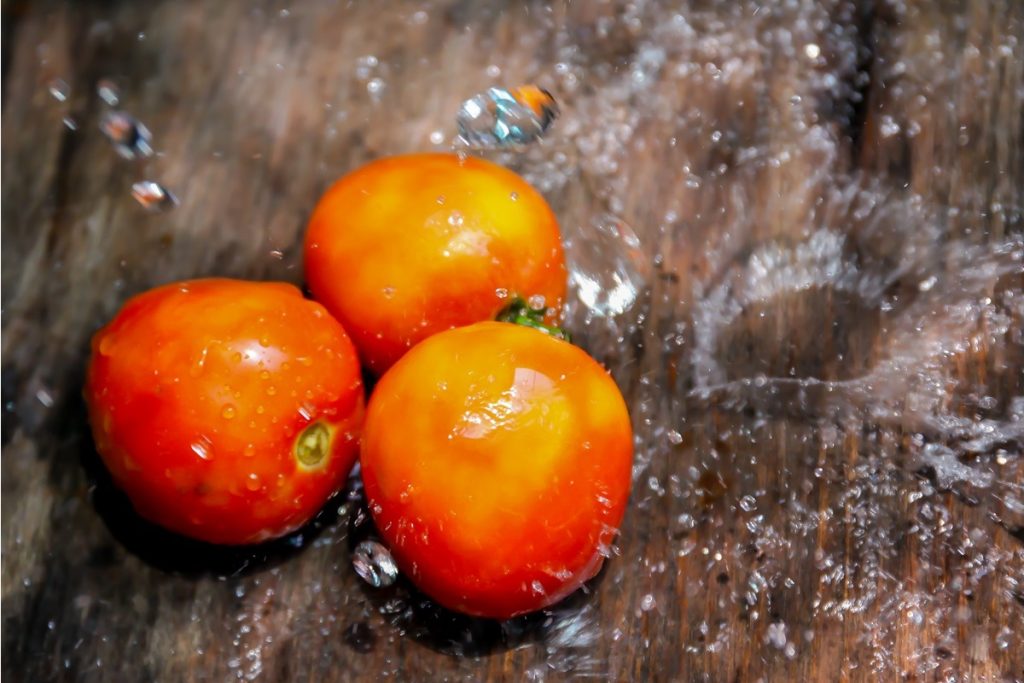5 Easy Ways to Start Indoor Hydroponic Gardening
Are you planning to start an indoor garden but lack time and enough space for traditional gardening? Hydroponic gardening may be the ideal option for you! It’s a modern type of gardening that eliminates soil from the equation. Instead, plants grow using water and nutrient solutions, making it possible to use smaller spaces in rooms for gardening.
With Gardyn’s indoor hydroponic garden, you can grow a wide variety of vegetables, herbs, fruits, and flowers. Let’s discover five easy ways to start indoor hydroponic gardening and enjoy fresh food across the year.

Decide on Your Perfect Indoor Hydroponic System
To start your indoor hydroponic gardening on the right path, you need to pick a hydroponic system that best suits your needs. You’ve got several types of hydroponic systems to pick from; so, learn about each method to make an informed decision. The two main types of hydroponic systems available include:
- Aeroponic systems: These systems involve raising plants in enclosed containers, with roots suspended in the air or mist. Nutrient-rich water is sprayed to supply nutrients to the plants. Aeroponic indoor systems require little space, and a range of plants do well, including cucumbers, peppers, herbs, and tomatoes.
- Hydroponic systems: Hydroponic systems are a type of unique gardens that allows home gardeners to raise different plants. While hydroponic systems require minimal space, they can produce high yields, which can stretch to 10 times compared to traditional farming. Several types are available, including Nutrient Film Technique, Ebb and flow, drip system, water culture, and wick system.
Several factors go into picking the ideal hydroponic system for your indoor farming. They include the amount of space, plant types, budget, etc. For example, an aeroponic or hydroponic tower system will be the perfect match if you want to utilize the small space in your living room corner. Always start small since there is enough room to expand after learning more.
Choose Plants You Want to Grow Indoors
The next crucial step is to choose your favorite plants, from fruits and veggies to flowers and herbs after deciding on the system and the company to purchase from. For aesthetic purposes, you’ll need to grow flowers and some herbs. But veggies and fruits are an ideal option if you want to increase fresh food in your home.
When picking your plants, you also need to consider your system. Some systems work better for some plants than others. Start with easy-to-maintain plants, which are, in most cases, leafy greens like:
- Lettuce
- Kale
- Spinach, etc.
It’ll also be helpful to purchase your system from a provider who’ll provide you with everything you need to get started. Your provider also needs to offer enough education concerning your system and plants in order to grow healthy food.
Germinate Your Seedlings and Set Up the Hydroponic System
You now have your system and seeds, so what next? Germinate your seedlings. You cannot put your seedlings into your water and nutrient solution. They must germinate first. Most systems come with hydroponic starter plugs made of compost elements or materials that hold oxygen and water, allowing your seeds to germinate.
Depending on the type of your seeds, they’ll take several days or a week to germinate. Use this time to set up your system as your seeds germinate. Several options are available to do this:
- Purchase a starter kit
- Do it from scratch
- Ask your provider to do it for you
If you’re a beginner, ask your provider to set up the system on your behalf. The place where you’ll set up your system determines whether you’ll need LED light. If it’s near the window, your plants will take advantage of natural light. But your system must have an LED light source if it’s a tight corner.
Add Water and Nutrient Solution to Your Hydroponic System
Once your seedlings are ready for transplanting, put the water and nutrient solution into your system’s reservoir. Strictly follow all the instructions on your nutrient container in terms of quantities. Keep in mind that plants are always sensitive to levels of water PH, and it is easy to get it wrong.
After adding your nutrients to the water, test its pH using an electronic meter or a PH testing strip. You’ll have to balance the water and nutrients while, at the same time, keeping track of the levels of pH periodically.
Transplant Your Seedlings
When the roots of your plants start emerging from the starter plug, it signals the right time to transplant to the hydroponic garden. Allow nature to take its course if your plants can access natural light.
You’ll need to have a timer for your system if you depend on artificial light. Set your timer to correspond with the period your plants will take to grow.
How Can Gardyn Help You Get Started with Indoor Hydroponic Gardening?
Gardyn offers an easy and effective way to grow plants indoors. Gardyn’s indoor hydroponic garden will let you enjoy fresher, more nutritious food with zero pesticides across the year. The smart AI technology that Gardyn’s hydroponic systems use will do almost everything for you.
It is possible to control your smart garden even when you’re away from home, as you can manage it on your mobile phone. Gardyn also offers a variety of seeds that you can grow in its hydroponic or aeroponic systems. And what is more? Gardyn’s experts will help you set up your system, meaning your job is to harvest fresh food.
